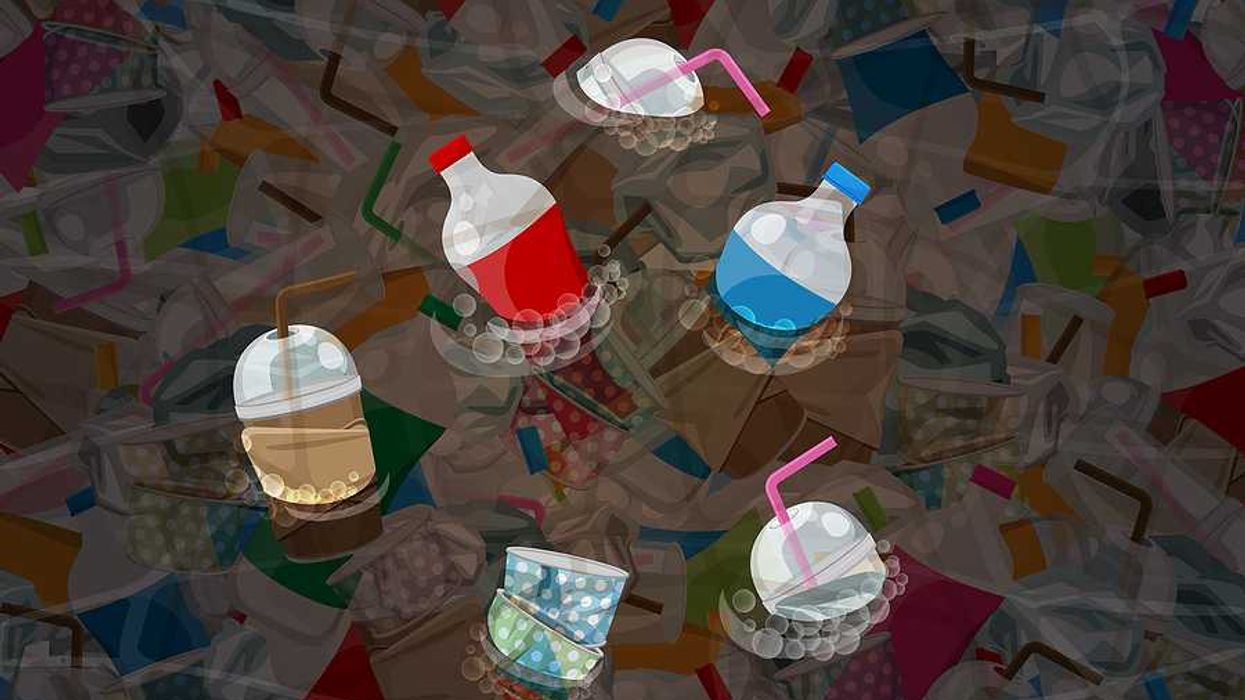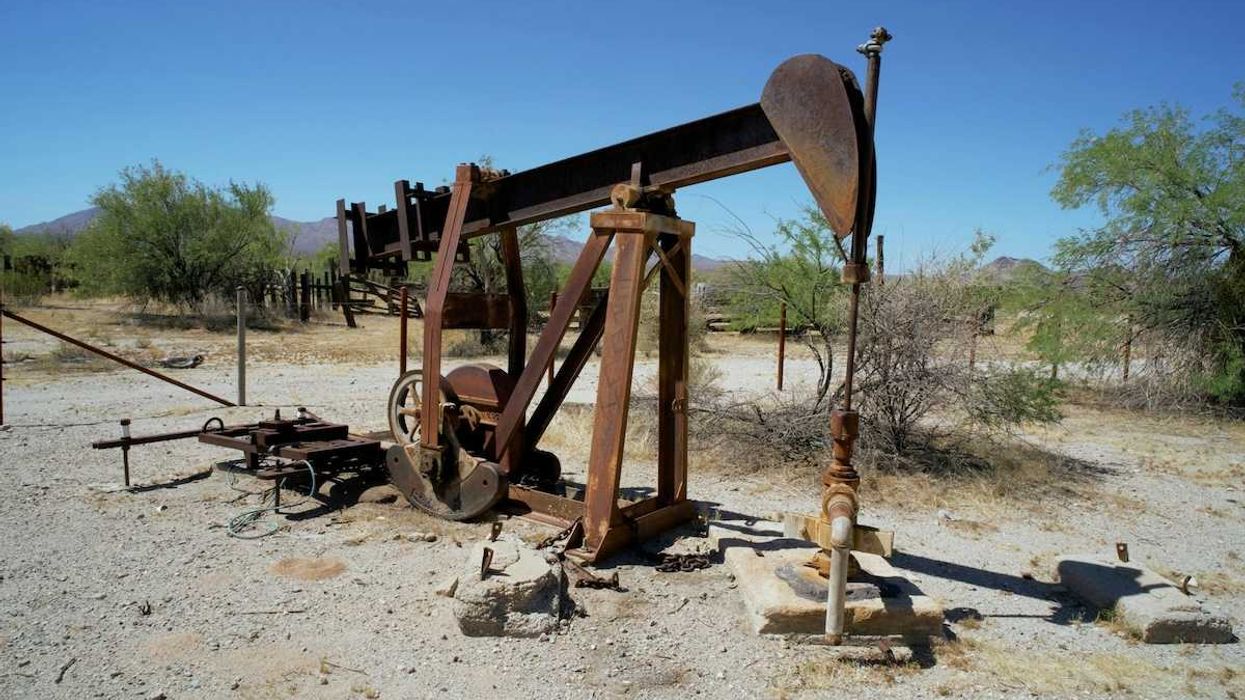Researcher Danielle Stevenson uses fungi and plants to remove pollutants from contaminated sites, training communities to implement these methods themselves.
Richard Schiffman reports for Yale Environment 360.
In short:
- The United States has up to a million brownfields, disproportionately near low-income and minority communities, exacerbating health risks.
- Stevenson, an environmental toxicologist, leads efforts using fungi and plants to degrade toxins and clean contaminated soil.
- Her bioremediation methods have shown significant pollutant reduction in pilot projects, with potential for global application.
Key quote:
"In three months we saw a more than 50 percent reduction in all [petrochemical] pollutants. And then by the 12-month period, they were pretty much not detectable."
— Danielle Stevenson, environmental toxicologist.
Why this matters:
Fungi are adept at decomposing complex organic pollutants, including petroleum products and pesticides. Certain plants, known as hyperaccumulators, can absorb heavy metals from the soil. By harnessing these natural capabilities, Stevenson and her team are able to restore ecosystems that have been severely impacted by industrial activities and improper waste disposal.














